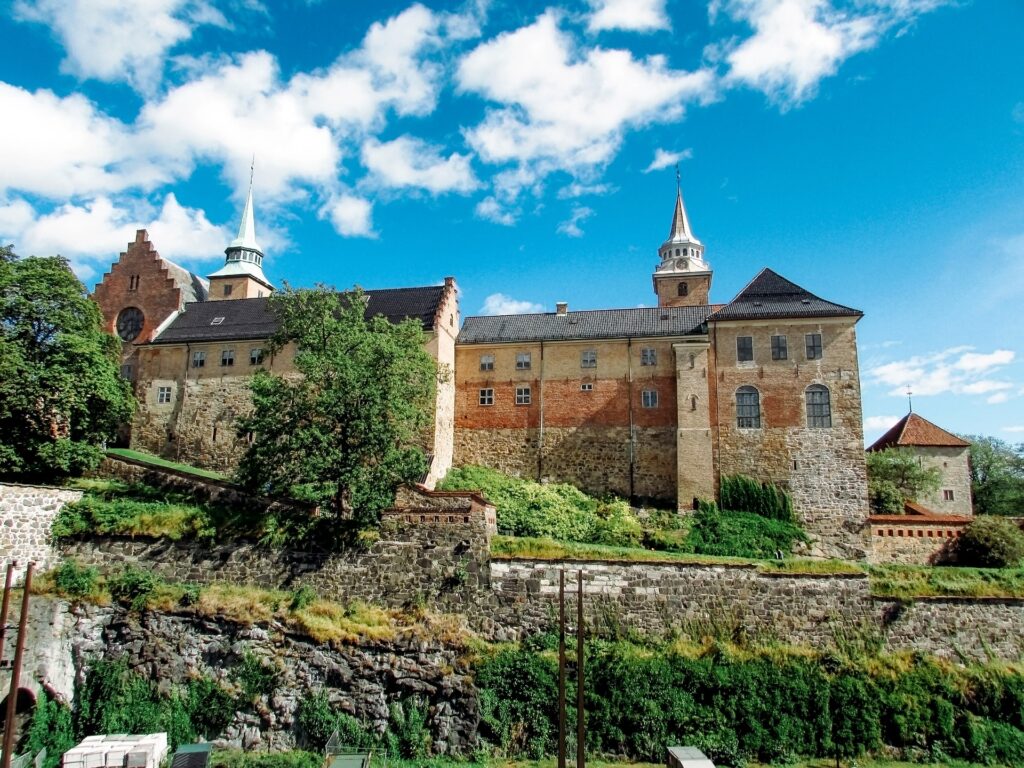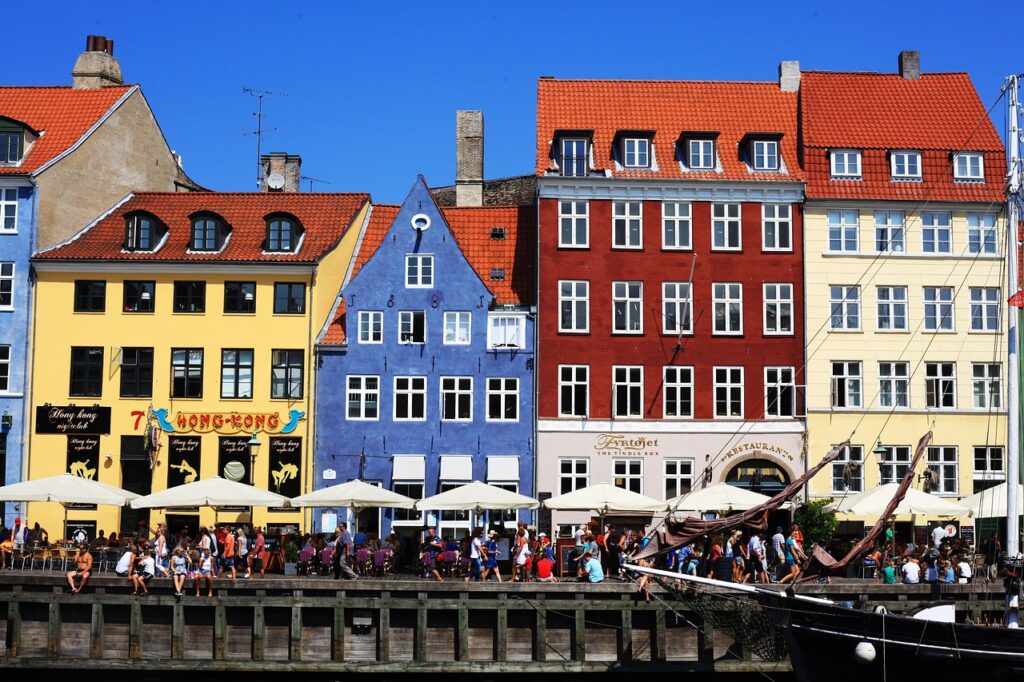The Best Fjords near Bergen
If you’re visiting Bergen, get ready to be blown away by one of the most beautiful cities in Scandinavia. But wait, there’s more! Bergen is also the gateway to discovering the most amazing fjords in Norway. While you’re here, you absolutely cannot miss the chance to explore some of the best fjords in the country. If you have not yet decided which ones to visit, keep reading. Here is a list of the best fjords near Bergen, ranked based on the number of visitors they attract each year. Sognefjord Sognefjord is the largest fjord in Scandinavia and one of the longest in the world. Its nickname is “The King of Fjords” and stretches for around 205 kilometers (127 miles)! Its natural landscape consists of big mountains, waterfalls, and blue waters. It may be huge, but it’s just a short distance from Bergen, so you can easily get on a boat or take a quick drive to explore it firsthand. How to get to Sognefjord from Bergen Best tours to Sognefjord from Bergen Nærøyfjord Nærøyfjord is located approximately 150 kilometers north of Bergen. The fjord is famous for its scenery, which is like stepping into a postcard! You can see majestic waterfalls and green landscapes from colossal cliffs with imposing presence. Nærøyfjord has been a UNESCO World Heritage site since 2005. It received this recognition due to its exceptional natural features. Some people consider it to be Norway’s most beautiful fjord. How to get to Nærøyfjord from Bergen Best tours to Nærøyfjord from Bergen Hardangerfjord Hardangerfjord is located just 80 kilometers east of Bergen. It stretches from the Atlantic Ocean, near the island of Stord, all the way inland to the town of Odda. What makes Hardangerfjord special is the combination of towering mountains, blue waters, and orchards filled with delicious apples. You can try some outdoor activities, take a boat tour, or simply relax and enjoy the beauty of nature. It is the perfect fjord for a day trip from Bergen or a weekend getaway. How to get to Hardangerfjord from Bergen Best tours to Hardangerfjord from Bergen Osterfjord Osterfjord is just 20 kilometers northeast of Bergen. The fjord is approximately 25 kilometers long, making it the perfect destination near Bergen for a day trip or a short getaway. What makes Osterfjord different from other fjords is the quiet and calmness surrounding it. You will find mountains and green landscapes, but also charming villages that you can visit and explore. The best ones are Knarvik, Hamre and Leknes. How to get to Osterfjord from Bergen Best tours to Osterfjord from Bergen What is the best time to visit the fjords near Bergen? To avoid big crowds of tourists, the ideal time to visit the fjords near Bergen is during the end of spring (April to June) and the beginning of autumn (September to October). If you’re looking for the best weather, the summer months of July and August are your best option. The days are longer, the temperatures are higher, and the fjords come alive in all their glory. Find the cheapest flights to Bergen here: Where to stay in Bergen for easy access to the fjords? For easy access to the fjords, it’s best to stay in the city center of Bergen. This way, you’ll be close to the ferry terminals and tour operators, allowing you to conveniently embark on fjord excursions. The neighborhoods of Bryggen and Bergenhus offer a great central location with plenty of accommodation options to suit all budgets. Find the best hotels in Bergen here: Can you get to Geirangerfjord from Bergen? Sure, you can technically get to Geirangerfjord from Bergen. But let’s be real, it’s not the most convenient starting point. The distance between Bergen and Geirangerfjord is approximately 320 kilometers (200 miles), which means you’re in for a long journey. To get there, you have a couple of options. You can drive or take a bus, but be prepared for a road trip that will take around 7-8 hours. It’s a scenic drive, but it can be tiring, especially if you’re not used to long drives. Now, if you want a more time-efficient option, the ideal starting point for visiting Geirangerfjord is Ålesund. It’s much closer and more accessible, with various transportation options available. Can you get to Lysefjord from Bergen? The distance between Bergen and Lysefjord is approximately 200 kilometers (125 miles), so Bergen is not the most convenient starting point again. To reach Lysefjord from Bergen, you have a few options. The most common way to reach Lysefjord from Bergen is to take a combination of buses and ferries. You must take a bus from Bergen to Stavanger, which takes around 4-5 hours. Then, from Stavanger you must take a ferry to get to Lysefjord. The ideal starting point is Stavanger itself. Stavanger is much closer to Lysefjord and offers better access to the fjord and its attractions, like Preikestolen (Pulpit Rock) and Kjerag. Conclusion In conclusion, Bergen is your base if you want to see some fjords. If you’re planning a trip to experience the fjords near Bergen, make sure to do it right! Don’t rush and try to squeeze it all into a day or two. Take your time to visit each fjord because they are all truly worth seeing. So, plan your itinerary carefully and embark on an unforgettable journey in Norway’s best fjords!
The Best Fjords near Bergen Read More »









